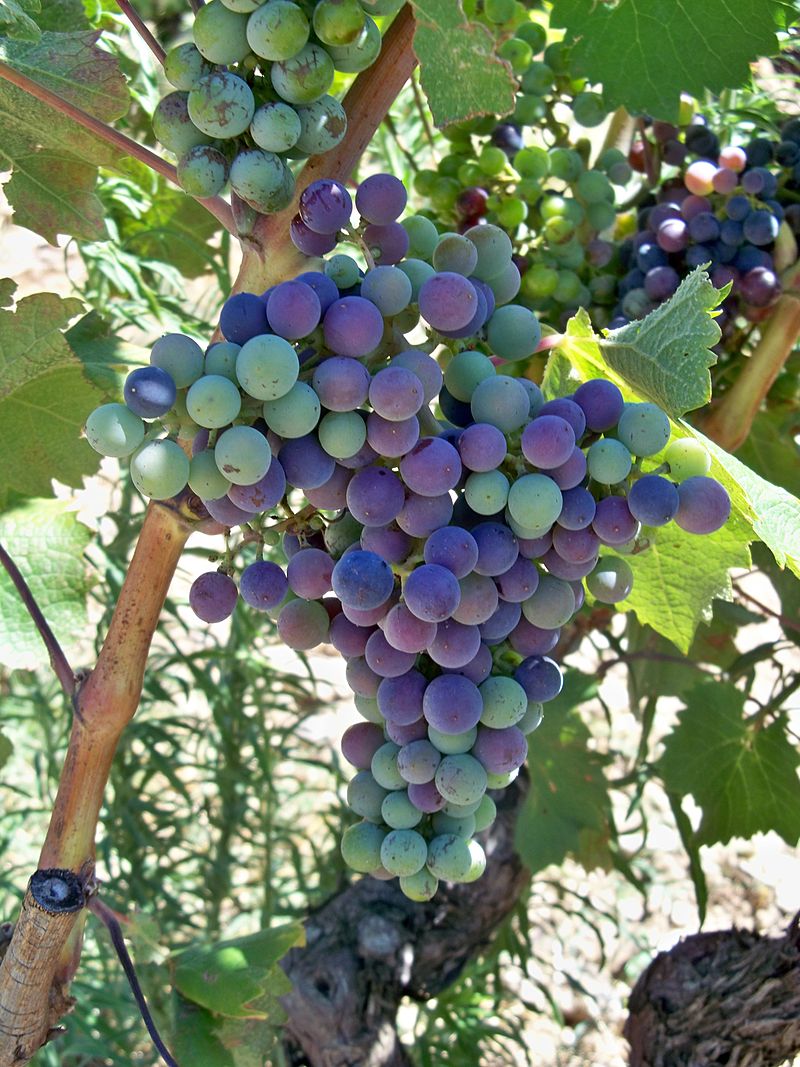Veraison: What is it and why it is so important
Introduction
Veraison is a critical process in the growth and development of grapes, which marks the beginning of the ripening phase. During this process, the grape berries change color, soften, and begin to accumulate sugar. This transformation is a sign that the grapes are nearing maturity and are ready to be harvested. In this article, we will provide an overview of veraison, its significance in grape growth and development, and its impact on winemaking.
What is Veraison?
Veraison is the process that occurs when the grapes transition from the growth phase to the ripening phase. During this period, the grape berries change from a hard, green color to a softer, more translucent color, signaling that they are becoming ripe. Additionally, the grapes begin to accumulate sugar and change in flavor, aroma, and acidity.
Factors That Influence Veraison
Several factors can influence veraison, including temperature, light, vine water status, and vineyard management practices. Grapes require warm temperatures to ripen, and temperatures that are too low can delay veraison. In contrast, high temperatures can cause the grapes to ripen too quickly, leading to overripe grapes that lack balance. Light is also essential for the ripening process, and grapevines in shaded areas may ripen later than those that receive ample sunlight. Vine water status is another critical factor, as water stress can cause the grapes to ripen earlier. Finally, vineyard management practices such as pruning, trellising, and canopy management can also affect veraison.
Physical Changes During Veraison
Veraison is a visible sign that the grape berries are changing from a hard, green color to a softer, more translucent color. Additionally, the grapes become more fragile and sensitive to disease during this period. The seeds and pulp within the grape also begin to soften and change in texture, flavor, and acidity. The sugar content within the grapes begins to accumulate, and the acidity begins to decline.
Timing of Veraison
The timing of veraison can vary depending on the grape variety, vineyard location, and seasonal weather conditions. Generally, veraison occurs around 45-60 days after flowering, but this can vary depending on the grape variety. For example, early-ripening varieties such as Pinot Noir and Chardonnay may begin veraison in mid-July, while later-ripening varieties such as Cabernet Sauvignon and Syrah may not start veraison until late August.
Significance of Veraison
Veraison is significant because it is a critical stage in the ripening process that determines the quality of the grapes. During veraison, the grapes begin to accumulate sugar, which is essential for the production of high-quality wine. The timing of veraison is also essential because it affects the balance between sugar and acidity within the grapes. If the grapes are harvested too early, they may not have enough sugar to produce a flavorful wine. Conversely, if the grapes are harvested too late, they may have too much sugar and not enough acidity, leading to a wine that lacks balance.
Veraison in Winemaking
Veraison is essential in winemaking because it affects the flavor, aroma, and acidity of the wine. The timing of veraison determines the sugar content within the grapes, which is essential for the production of alcohol during fermentation. Additionally, the changes in flavor, aroma, and acidity that occur during veraison can affect the final taste of the wine.
Veraison and Harvest
The timing of veraison is essential in determining when to harvest the grapes. Winemakers must harvest the grapes at the optimal time to ensure that they have the desired sugar and acidity levels for the wine they are producing. Waiting too long to harvest can result in overripe grapes that lack acidity and balance, while harvesting too early can result in underripe grapes that lack flavor and character. Therefore, winemakers must monitor the grapes closely during the veraison period to determine the optimal time for harvesting.
Conclusion
In conclusion, veraison is a critical stage in the growth and development of grapes, marking the transition from the growth phase to the ripening phase. This process is essential for the production of high-quality wine, as it determines the sugar and acidity levels within the grapes. The timing of veraison is also crucial, as it affects the balance and flavor of the final wine. Winemakers must carefully monitor the grapes during veraison to determine the optimal time for harvesting. By understanding veraison and its significance in grape growth and winemaking, we can appreciate the complex process that goes into producing a great bottle of wine.





Comments
Post a Comment